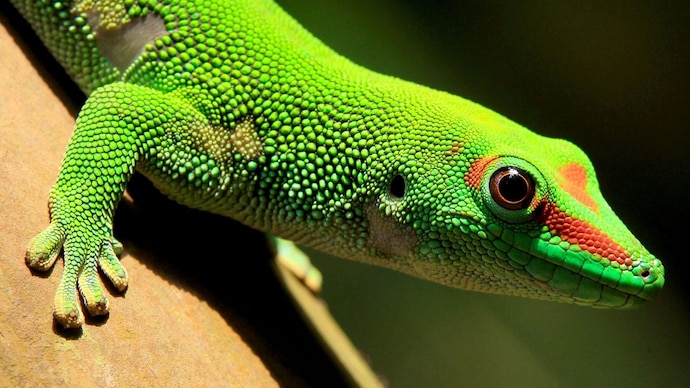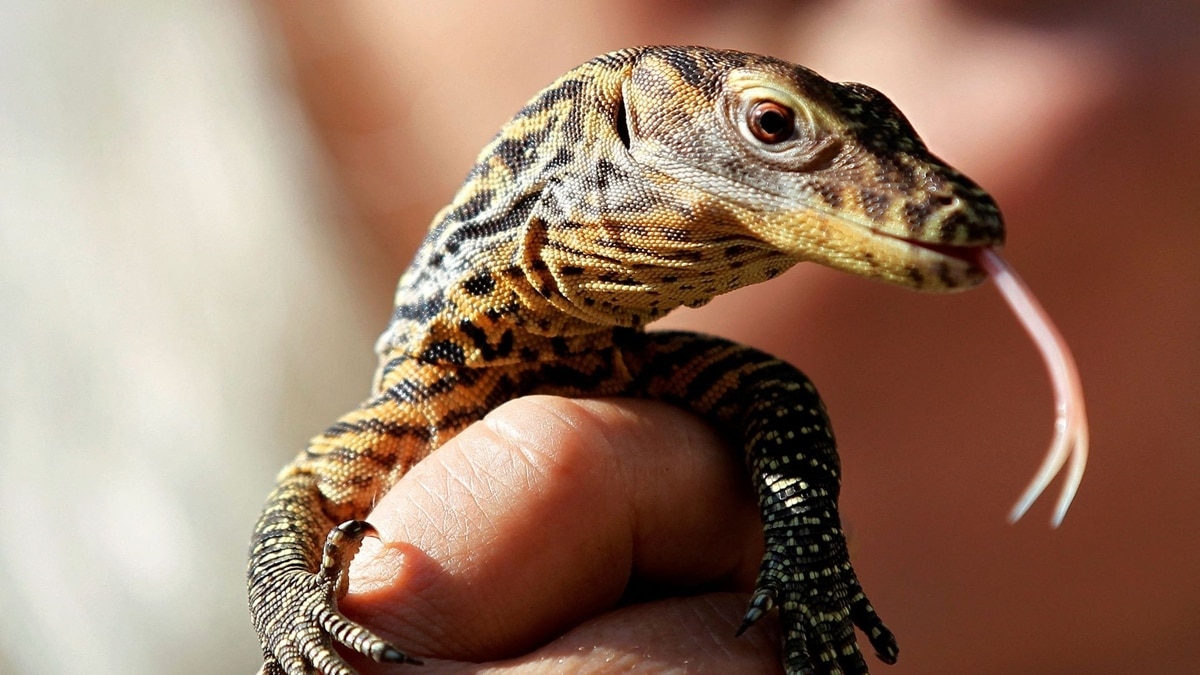Indian gharial to King Cobra, one in five reptile species on brink of extinction
About 27% of reptile species restricted to forested habitats are found to be threatened with extinction.

While the world races to safeguard the Amazon rainforest from deforestation and overexploitation, a comprehensive study from the International Union for Conservation of Nature (IUCN) reveals that about one-fifth of reptile species are threatened with extinction.
These species range from Galapagos tortoises to the Komodo dragon of the Indonesian islands, from West Africa's rhinoceros viper to India's gharial, researchers said as they analyzed 10,196 reptile species across 24 countries spread over six continents. The team studied turtles, crocodiles, lizards, snakes, and tuatara, the only living member of a lineage that evolved in the Triassic period approximately 200-250 million years ago.
The study, however, is a ray of hope also found that efforts to conserve threatened mammals, birds, and amphibians are more likely than expected to co-benefit many threatened reptiles. Of 10,196 reptile species analyzed, 21% percent were classified as endangered, critically endangered, or vulnerable to extinction — including the iconic hooded snakes of South and Southeast Asia.
“The results of the Global Reptile Assessment signal the need to ramp up global efforts to conserve them. Because reptiles are so diverse, they face a wide range of threats across a variety of habitats. A multifaceted action plan is necessary to protect these species, with all the evolutionary history they represent,” Neil Cox, co-leader of the study said in a statement.

REPTILES BADLY HIT
Researchers hinted at what the loss of reptiles could do to global biodiversity as they pointed out that if each of the 1,829 threatened reptiles became extinct, we would lose a combined 15.6 billion years of evolutionary history. They added that many reptiles are being pushed to the brink by factors similarly imperiling the world's other land vertebrates - amphibians, birds, and mammals - namely, deforestation for agriculture, logging and development, urban encroachment, and hunting by people.
About 27% of reptile species restricted to forested habitats were found to be threatened with extinction, compared to about 14% of species inhabiting arid habitats. Worldwide, the greatest threat to reptile life is habitat destruction. Hunting, invasive species and climate change also pose threats.

Among some other well-known reptiles: the Komodo dragon, the world's largest lizard, is endangered; the king cobra, the world's longest venomous snake, is vulnerable; the leatherback, the largest sea turtle, is vulnerable; the Galapagos marine iguana is vulnerable, and the various Galapagos tortoise species range from vulnerable to extinct.
Work on the reptile study which involved nearly 1,000 scientists and 52 co-authors started in 2005. The project was slowed by challenges in fundraising, said co-author Bruce Young, a zoologist at the nonprofit science organization NatureServe.
